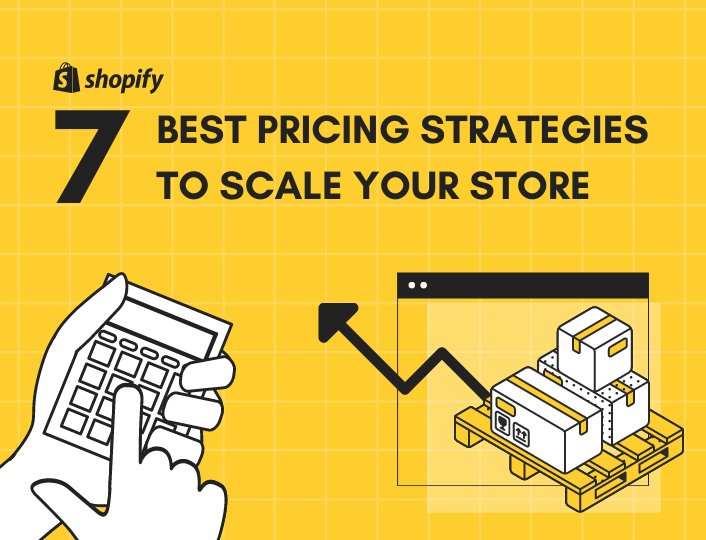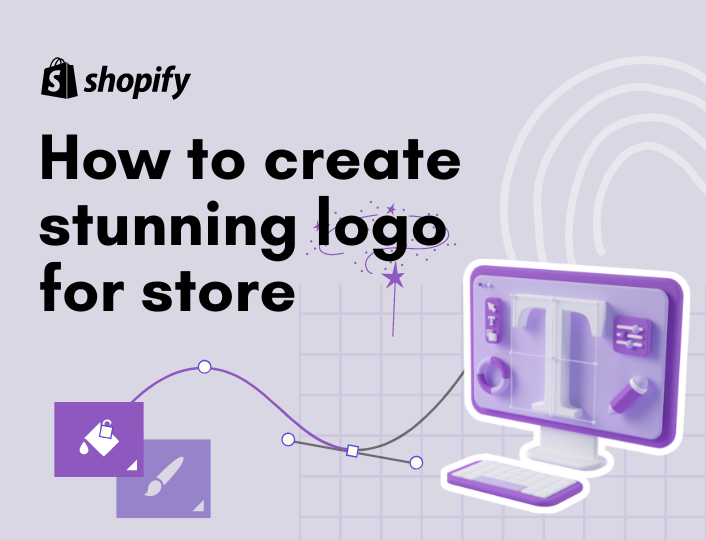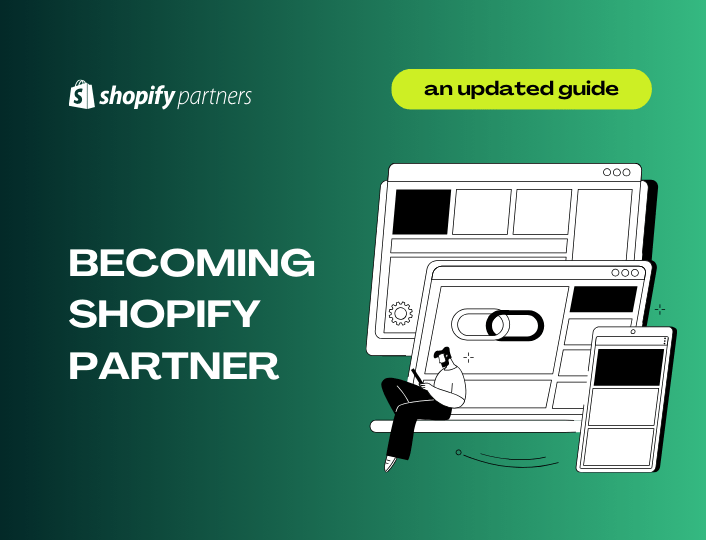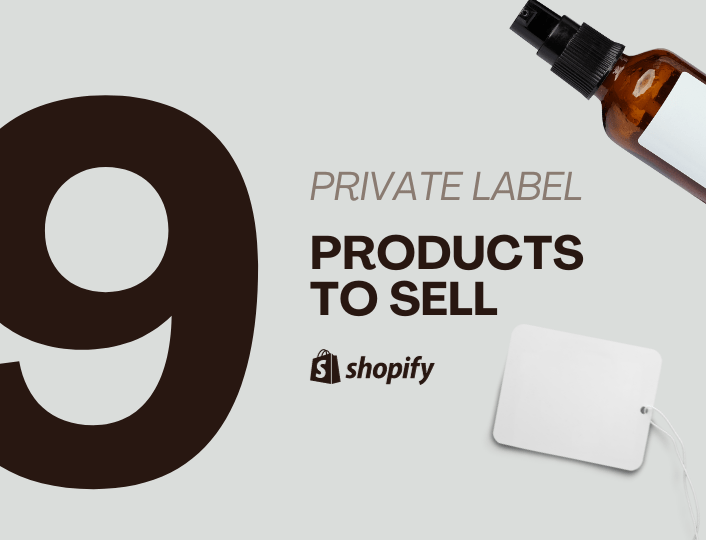Your success as a Shopify merchant largely depends on your pricing strategy. So you have to get it right.
But figuring out the best pricing strategy for your business isn’t always easy, as you have to take many factors into consideration.
Ultimately, the goal is to develop the best strategy that ensures you make the most profit from your business. To achieve that, you need to know what a pricing strategy is and the mistakes to avoid so as not to ruin your Shopify business. That’s what this post is about.
Let’s get into it!
What is a Pricing Strategy?


A pricing strategy is a method adopted by price analysts and business owners to determine the price of a product or service. It helps you decide what product or service to mark up your profit on and those to offer with minimal profit. As simple as this definition may sound, several other variables go into it, and they are as follows:
- Cost of production
- Average order value
- Revenue goals
- Competitors’ price
- The perceived value of the product, and more
How to Choose an E-commerce Pricing Strategy
1. Consider Your Cost
It’s important to factor in your cost when developing a pricing strategy. These include the cost of production and fulfilment.
To price ready-made products is pretty straightforward. Calculate how much it costs for the products to get to you, add it to the unit cost of each item, add your profit margin, and there you have it.
Other costs include:
- Cost of raw materials
- Packaging
- Production time
- Cost of shipping
- Loans (if any)
- Profit margin
- Other miscellaneous expenses
All these factors will determine the net value of your product.
2. Identify Your Objectives
Simply put, your objective is how your audience will perceive your business. Is your goal to sell quality, affordable products to your customers for faster turnover? Or would you rather be the brand that sells luxury, expensive products?
Any of these objectives and whatever else you have in mind is acceptable. Ensure that you define your goals from the get-go before setting your price. Having well-defined objectives will help you choose the best pricing strategy.
3. Know Your Customers
Your pricing strategy will only work if your customers are at the center of it. After all, without them, there is no business.
Study your potential customers to find out their spending habits and financial status. With such information at your fingertip, you can set the appropriate profit margin for each product.
4. Know Your Value Proposition
What makes your business different in an industry with hundreds and thousands of people offering similar services as you? Whatever makes your business unique is your value proposition.
Every business needs a value proposition to stand out. It is an essential factor when choosing a pricing strategy. It can also help you identify your potential customers.
Before we dive into the different pricing strategies, let’s talk about a pricing concept that every business owner must know.
Price Elasticity Of Demand
The prices of products often change when their demand does the same. Technically, this is known as price elasticity of demand. Based on this concept, there are two types of products: elastic and inelastic.
An inelastic product remains in high demand after a price increase. But, an elastic product suffers a hit on the demand rate after a price increase. Products that cater to people’s daily needs are often inelastic and vice versa.
Here is the formula for calculator price elasticity:
% change in quantity ÷ change in price = price elasticity of demand
Understanding price elasticity helps you predict your customers’ reactions toward your product when there is a price change.
7 Best Pricing E-commerce Pricing Strategies
There are numerous pricing strategies, but we will talk about a few in this post. Note that you can combine each of these strategies to achieve your goal.
1. Value-based Pricing
Sentiment is what drives value-based pricing. People are often willing to pay more for products they are sentimentally attached to, regardless of their actual value. Therefore, value-based pricing is a strategy that prices a product based on how the consumers feel about it.
Many e-commerce businesses leverage customers’ behavior in determining the prices of their products. This pricing strategy allows them to mark up their profit margin to make more profits.
However, only works well for well-established brands. This means the pricing strategy may not work for you unless your business is a household name with high value.
Additionally, businesses that create products to boost their customers’ self-image thrive better with this strategy.
For example, a brand that creates products to reduce pollution or animal cruelty may record more sales than its counterparts. Some folks may buy these costlier products to support a great cause.
2. Cost-Plus Pricing


Cost-plus pricing is a pricing strategy that involves adding a percentage of the overall cost to arrive at a selling price. That means after summing up the costs of production, shipping, marketing, etc. You add your desired percentage gain to the total amount.
Thus, if the per unit cost of your product is $40 and you want to make a profit of 50%, you will have to add $20 to the unit cost making your selling price $60.
Cost-plus pricing works best for physical products as the factors involved are easy to calculate. However, services and virtual products that offer unquantifiable value to consumers will require a different pricing strategy.
Furthermore, cost-plus pricing may not be viable in some environments and industries. Consider your competition and environment before settling for a cost-plus pricing strategy.
3. Penetration Pricing
If your brand is venturing into a competitive market, then penetration pricing can help you break into the market. The strategy works by offering products or services of higher quality to your customers at a reduced rate.
The low costs should run for as long as it takes to gain ground in the market, after which you can increase your price. You can begin by offering a discount on your Shopify store, giving out freebies to new customers, compensating existing customers for free publicity, and more.
However, you should be careful when using this strategy because potential customers may disregard your brand. It is advisable to use the pricing technique for a short period before raising your price.
The idea is to give your customers value for their money but not at a loss.
Using the penetration strategy longer than necessary can negatively affect your business’s worth. A well-known company like Netflix utilized this strategy to get to where it is today.
4. Price Skimming
Price skimming is a pricing method that involves charging high for a new product or service and then lowering the price when there is competition. It is often the best strategy for creative businesses that offer one-of-a-kind products.
Tech companies and top-rated brands adopt the price-skimming strategy when introducing a new product. Fortunately, you can use it if you sell digital products on Shopify, like audio records, art, video courses, and more.
Although price skimming is a profitable strategy, some factors help determine if it is a viable method for your business.
- Your business reputation and perceived value
- Your Customers’ economic class and buying capacity
- The uniqueness of your product or service
These factors must be in place and high on the scale for the skimming strategy to work for you.
5. Psychological Pricing Strategy
Psychology pricing strategy, as the name implies, plays on the mind of potential customers to influence them into buying a product. Prices that end with odd numbers come off as a significant discount rate even though they aren’t.
For instance, a product selling at $15.95 would typically sell faster than a similar product selling for $16. The difference may be insignificant, but it helps increase sales. Psychology pricing is an effective strategy for customers that love discounts.
Additionally, you can try placing your competitors’ prices beside your discounted rate. People often spend more when purchasing discounted items. Why pass up on a once-in-a-while opportunity?
On the other hand, this strategy would fail if your customer base doesn’t care about discounts and would rather pay for products in full. Also, your store may lose credibility and trust if you don’t change your pricing strategy over time.
6. Competitive Pricing
Competitive pricing involves basing your pricing strategy on your competitors’. It’s ideal if you are entering a fiercely competitive market.
Compare a few competitors’ prices and choose a suitable range for your products. Using this strategy helps your business to survive in a sea of competitors. Your prices can be slightly lower or higher than others.
But be careful not to set your price too low, or else you will incur a serious loss. Setting it high is also a bad idea.
Ensure that your products if of a higher value than your competitor’s if you must set your price higher. About 74% of shoppers compare the prices of similar products before reaching a final decision.
7. Manufacturer Suggested Retail Price
Some manufacturers make pricing easy for resellers by suggesting a suitable retail price for each product. It is an interesting pricing strategy because it ensures that retail prices are the same across multiple regions.
The MSRP helps you bypass the process of finding a pricing strategy suitable for your business. But it also means your business growth could be limited. This is because your profit margin is low, and increasing your price may put you out of business. The manufacturer suggested retail price is perfect for food items and electronics.
Conclusion
Each pricing strategy is unique and will work for different types of businesses. Do not forget that you can always combine these strategies. While pricing is important, branding your Shopify store, selling the right products, and offering mouth-watering services will also help your business to grow.
Still struggling to convert your website traffic into subscriptions and sales? Adoric can help.
Adoric comes with several tools and features that make it easy to convert your website visitors into customers and newsletter subscribers.
Add Adoric to your Shopify website right away to see it in action!




